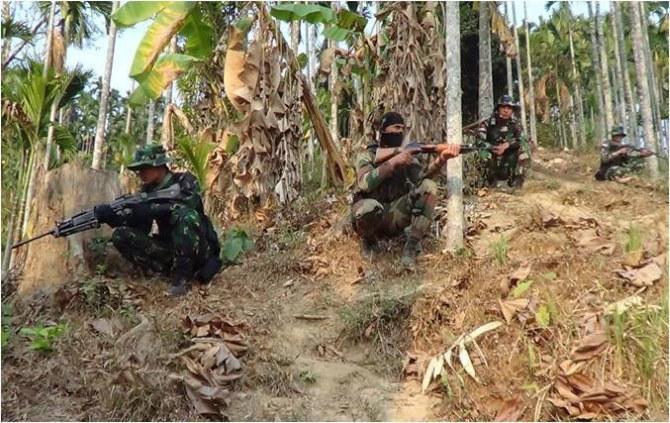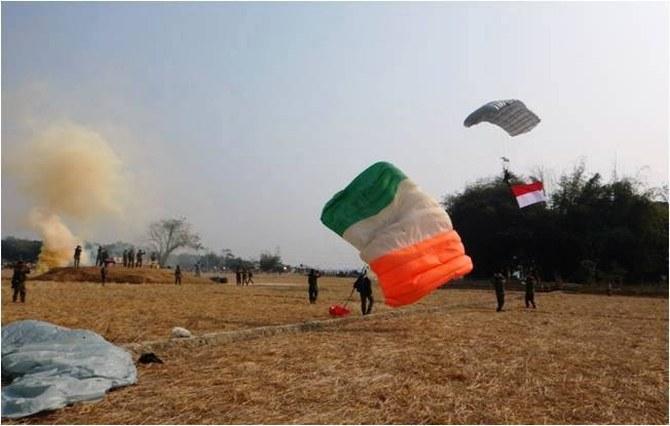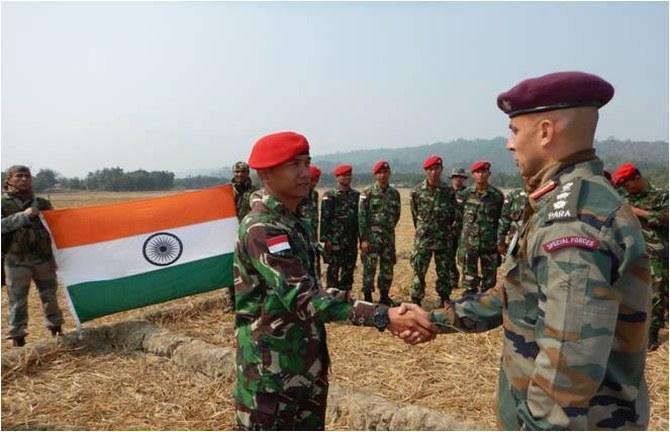India is looking for new economic frontiers in the East. In the face of
continuing stalemate of WTO negotiations, countries are looking for
alternative or parallel arrangements. The past decade has seen the
flourishing of many such initiatives. As an emerging global economic
powerhouse, India would obviously not like to be left behind.
There
is the American-led 12-country Trans-Pacific Partnership (TPP) in which
neither India nor China plays any part; but both the countries as well
as Japan are involved in the ASEAN-led 16-country parallel initiative
called the Regional Comprehensive Economic Partnership (RECEP). The
outcome of these initiatives will depend on factors that go much beyond
the nuts and bolts of trade into the realm of geopolitics. It thus
makes sense that India is looking for alternative routes to link with
the ASEAN, which is currently the focus of India's so-called Look East
policy.
But while pursuing the big ideas of economic
partnerships, it would be a folly for India to lose sight of what can be
achieved nearer at home. To start with, one could argue that India's
Look East policy needs to look first within its own borders, so that its
east and north-eastern parts can both be a vehicle and a beneficiary of
the policy. Connectivity and economic integration with Bangladesh
becomes important in that context. Consider this fact: most of the 30
border districts of Bangladesh – out of a total of 64 districts -- are
among the most economically disadvantaged areas of the country. The
Indian districts bordering Bangladesh are similarly lagging behind.
Clearly, the cross-border economic synergies due to geographical
proximity are not being fully exploited.
The potential of turning
geography to economic advantage is obvious. This sub-region provides
the land corridors for connecting India to East Asia, such as through
the proposed trans-Asian road and train links. But beyond that, the
connectivity is also important for providing access to seaports. The
hinterland of Kolkata and Chittagong ports can extend beyond Nepal,
Bhutan and the seven sister states of northeast India to large parts of
inland China. As China's manufactures move inward, it is exploring
backdoor routes, such as reviving the old Silk Route and looking for new
ones. That is why Bangladesh in particular would like to see the
success of the initiative called BCIM-EC, the acronym for Bangladesh,
China, India and Myanmar economic corridor.
There has been much
talk about transit facilities for Indian goods through Bangladesh. The
issue has been narrowly focused in terms of transit of goods only and
not as part of sub-regional economic integration through which a number
of things can happen. For example, supply chains can be developed to use
the resources of the Indian north-eastern states by setting up
labour-intensive processing industries in Bangladesh – say, by Indian
investors – and exporting the products worldwide through Chittagong port
or to the rest of India. These may not be as big ideas as India's
current Look East policy in terms of priority of the Indian policymakers
at the centre; but the potential economic dividends can be high for
Bangladesh and the North-eastern states of Bangladesh.
The sub-regional
integration can also benefit Kolkata –a city that has not clearly lived
up to its full economic potential, mainly because of its remoteness from
the major Indian economic hubs.
For the same reasons, the South
Asia Growth Quadrangle (SAGQ) comprising Bangladesh, eastern India,
Bhutan, and Nepal deserves more attention and should be part of India's
Look East policy. The region, compared to SAARC, enjoys geographical
proximity, economic complementarities, and socio-cultural similarities
favouring greater economic integration. Previous studies have concluded
that power trading within the SAGQ sub-region would confer major
benefits on all four countries.
Realising that potential of
economic integration will need huge investments in infrastructure.
Scarcity of land in Bangladesh and the governance problem of
implementing large projects are additional hurdles. The newly created
Asian Infrastructure Investment Bank (AIIB) initiated by China has
immense developmental promise for infrastructure development in Asia,
particularly by bringing together the two Asian giants, China and India,
and by providing China an institutional mechanism to deploy its large
pool of accumulated reserves.
The
main economic logic of India's Look East policy lies in the fact that
South Asia generally has been left behind in the race to integrate into
global supply chains, which is a particularly dynamic segment of world
trade. India has seen an upsurge of its trade with some of the
south-east Asian countries after it implemented the free-trade agreement
with the ASEAN in 2010. The question remains whether there will be
similar enthusiasm in India for fostering comprehensive regional
economic integration with its immediate north-eastern neighbours.
The writer is Chairman, South Asia Network of Economic Research Institutes.
(Extracts from the speech delivered at the “Kolkata Dialogue” of the
Look East Economic Summit organised by Indian Chamber of Commerce in
Kolkata, January 9, 2015.)
















